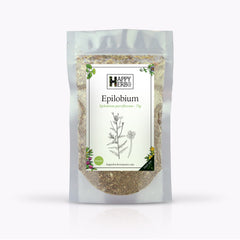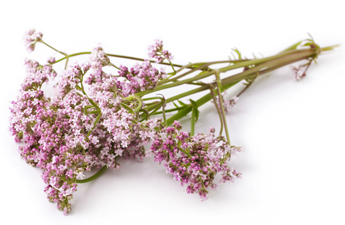Botanical name: Salix alba
Other names:
Famous as the original source of salicylic acid (the precursor of aspirin), white willow and several closely related species have been used for thousands of years to relieve joint pain and manage fevers. White willow is the original Aspirin, and has the same indications as its synthetic counterpart. Where these two compounds differ though, is that white willow is milder on the stomach lining than is Aspirin and has a reduced anticoagulant action. It has a very bitter and astringent flavour, especially when fresh.
An infusion of the leaves has a calming effect and is helpful in the treatment of nervous insomnia. The leaves can be used internally in the treatment of minor feverish illnesses and colic and in the treatment of rheumatism, arthritis, gout, inflammatory stages of auto-immune diseases, neuralgia and headache. Try adding this herb to the bath water, the infusion is of real benefit in relieving rheumatism.
The active compounds in white willow, called salicylate glycosides, work as an effective anti-inflammatory by interfering with pain transmission in the nervous system and by treating the cause of inflammation.
The benefit of using white willow is that reduction in non-steroidal anti-inflammatory drugs (NSAID) is achievable, and that they can still be used to reduce pain as required.
Growing white willow:
The plant’s rapid growth and wind tolerance make it a very good pioneer species to use in establishing woodland conditions in difficult sites. Spacing cuttings about every 5 metres will soon provide shelter and a suitable environment for planting out woodland trees that are not so wind tolerant. The main disadvantage in using this species is that the roots are far-ranging and the plant is quite greedy, so it will not as much effect as species such as the alders (Alnus species) in enriching the soil and thus feeding the woodland plants.
Reference: The Herbal Resource, White Willow Bark 2006, retrieved 26th August 2011, http://www.herbal-supplement-resource.com/white-willow-bark.html, Plants for a future, Salix Alba retrieved 26th August 2011, http://www.pfaf.org/user/Plant.aspx?LatinName=Salix+alba
White Willow Common Uses
White Willow Actions
White Willow Recipes
White Willow Precautions
Avoid if breastfeeding. Do not combine with anticoagulant medication. High in salicylates – may cause headaches and digestive upset in susceptible people.
Buy White Willow online from the Happy Herb Co
![]()
Australia’s biggest range
![]()
25 years of customer satisfaction
![]()
Fast International delivery
![]()
100% secure online ordering



 Nextwave
Nextwave
